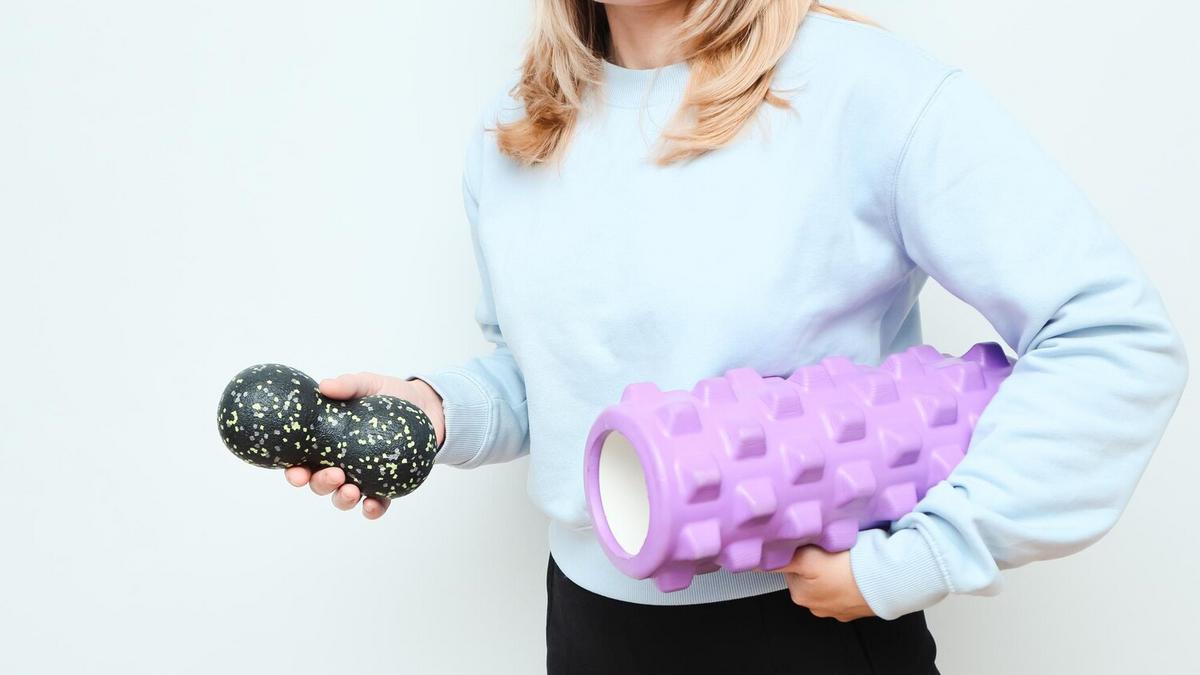Foam rolling has gained remarkable popularity as a simple yet effective way to boost flexibility and aid recovery. This self-myofascial release technique, often employed by athletes and fitness enthusiasts, involves using a foam roller to relieve muscle tightness, soreness, and inflammation, ultimately enhancing your range of motion. But how exactly does one leverage foam rolling for maximum flexibility benefits? Let’s explore the techniques and tips that can make a real difference in your wellness routine.
Understanding Foam Rolling
Foam rolling is akin to a personal massage session that you can perform anywhere. It helps to release tension in the fascia, the connective tissue surrounding muscles. By doing so, it promotes blood flow and improves mobility. A study published in the Journal of Strength and Conditioning Research found that foam rolling significantly enhances joint range of motion without negatively impacting muscle performance.
Expert Insights
Dr. Emily Splichal, a podiatrist and movement specialist, notes, “Foam rolling is a powerful tool for increasing flexibility, as it breaks up fibrous tissue and aids in muscle recovery.” Her insights emphasize the importance of incorporating foam rolling into a regular fitness routine.
Techniques for Improved Flexibility
1. Targeted Rolling
Focus on specific muscle groups like the hamstrings, calves, and quadriceps. Spend about 30 seconds on each area, applying moderate pressure and slowly rolling back and forth.
2. Slow and Steady
Avoid rushing. Slowly roll over the muscle, pausing on tender spots for about 20 seconds. This allows the muscle fibers to relax and stretch effectively.
Personal Anecdote
Take, for example, Mark, a marathon runner who struggled with tight calves. By incorporating daily foam rolling into his routine, he noticed a marked improvement in his flexibility and a reduction in post-run soreness, enabling him to train more effectively.
Foam Rollers: A Comparison
| Type | Firmness | Ideal Use |
|---|---|---|
| Smooth | Soft | Beginners, light massage |
| Textured | Medium | Deep tissue massage |
| Grid | Firm | Intense pressure, targeted relief |
| Vibrating | Variable | Enhanced muscle relaxation |
| Portable | Soft | On-the-go relief |
| Eco-friendly | Medium | Sustainable choice, general use |
| Cold Therapy | Firm | Reduce inflammation |
| Heated | Soft | Muscle relaxation, pain relief |
Actionable Tips
- Integrate foam rolling into your warm-up routine to prepare muscles for activity.
- Post-workout, use a foam roller to aid in recovery and reduce muscle tightness.
- Hydrate well before and after foam rolling to help flush out toxins and improve circulation.
Frequently Asked Questions
How often should I foam roll?
Foam rolling can be done daily, but at least three times a week is recommended for optimal results.
Can foam rolling be painful?
Some discomfort is normal, especially on tight areas, but it should not be unbearably painful. Adjust pressure to suit your comfort level.
Is foam rolling suitable for everyone?
Most people can benefit, but those with certain medical conditions should consult a healthcare provider first.
Conclusion
Foam rolling is a versatile technique that can substantially improve flexibility and overall muscle health. By incorporating these strategies into your wellness routine, you’ll likely experience enhanced performance and reduced discomfort. Remember, consistency is key to reaping the full benefits of foam rolling. Start today and feel the difference!



Leave a Reply